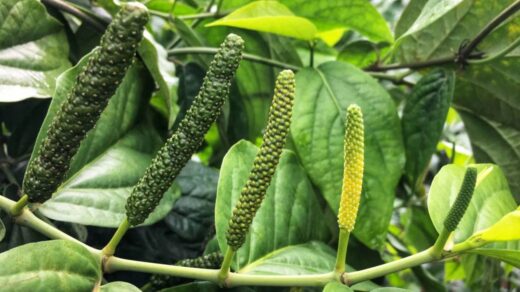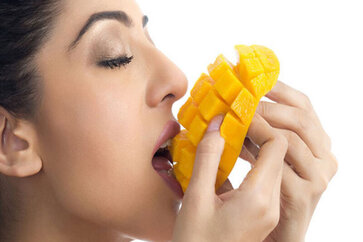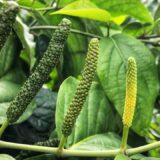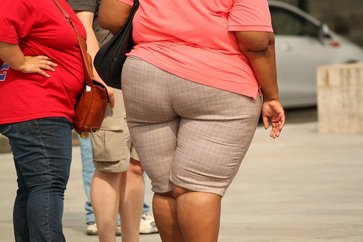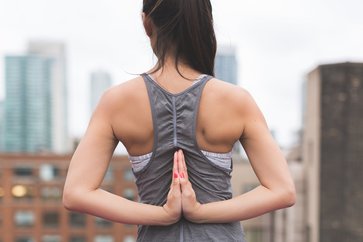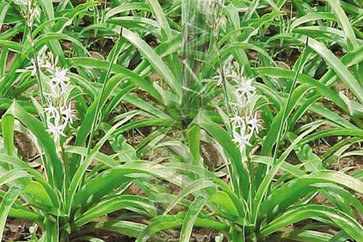Shamana Chikitsa: A Guide to Dosha Balance and Benefits
Shamana Chikitsa is one of the two fundamental approaches to treatment in Ayurveda, the other being Shodhana Chikitsa. The term “Shamana” translates to “pacification” or “subduing,” while “Chikitsa” means “treatment” or “therapy.” Shamana Chikitsa involves pacifying the aggravated doshas—Vata, Pitta, and Kapha—within their natural sites in the body without forcibly removing them.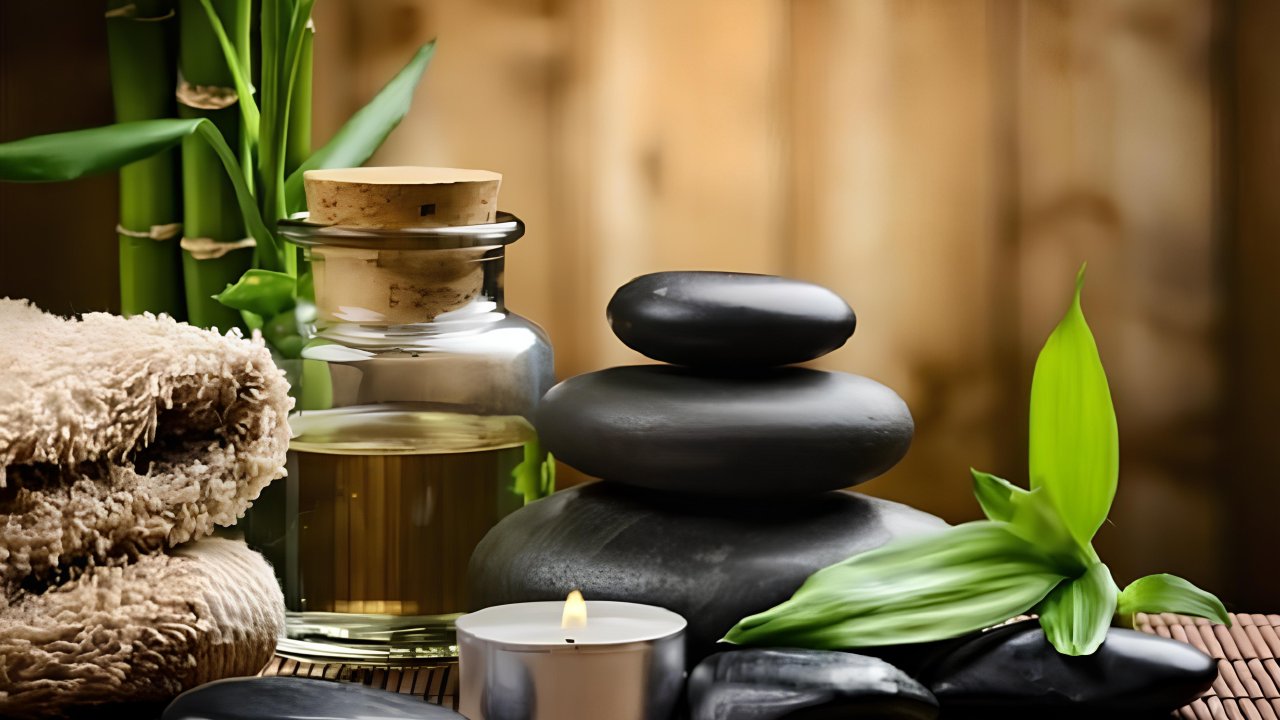
Unlike Shodhana, which uses cleansing therapies to expel morbid doshas, Shamana is a gentler approach that brings balance through internal healing. This type of treatment is especially effective when the doshas are only mildly to moderately aggravated and have not deeply penetrated the body tissues.
Shamana includes therapies such as diet regulation, herbal medicines, fasting, digestion-enhancing remedies (Deepana-Pachana), oil therapies (Snehana), and sweating (Swedana). It is often used in the early stages of illness, in chronic conditions, or when the patient is weak and unfit for more intensive detox procedures like Panchakarma.
Shamana Chikitsa in Ayurveda
In Ayurveda, healing is more than just curing symptoms—it’s about restoring the inner balance of the body, mind, and spirit. One of the fundamental approaches in Ayurvedic therapy is Shamana Chikitsa, also known as pacifying or palliative treatment.
Unlike its counterpart Shodhana Chikitsa (purificatory treatment), which focuses on eliminating toxins and aggravated doshas from the body, Shamana works through a softer, subtler process. Let’s dive deeper into what Shamana Chikitsa is, how it works, and when it’s used.
What Is Shamana Chikitsa?
According to classical Ayurvedic texts:
“The treatment which does not expel the increased doshas out of the body, does not increase the normal doshas, but makes the abnormal doshas normal is called Shamana.”
In simple terms, Shamana Chikitsa is designed to pacify aggravated doshas (Vata, Pitta, and Kapha) that are not excessively disturbed. It doesn’t involve purging the body like Shodhana, but rather restores balance internally through milder interventions like diet, herbal remedies, and lifestyle regulation.
The Seven Types of Shamana Chikitsa in Ayurveda
In the Ayurvedic system of medicine, Shamana Chikitsa plays a vital role in treating diseases that do not require deep detoxification. It aims to pacify the aggravated doshas—Vata, Pitta, and Kapha—without expelling them from the body, bringing them back to a state of balance through gentle, internal means.
One of the foundational teachings of Ayurveda, especially as emphasized by Acharya Charaka, is that disease often begins with ama formation (undigested, toxic residue) and weakened digestive fire (Agni). Therefore, many of the Shamana techniques revolve around correcting these.
1. Pachana – Digestion of Ama
Pachana is considered the first and most essential step in treating any disease, particularly in its early stages. Pachana therapies involve the use of herbs and formulations that help digest ama—the sticky, toxic by-product of weak digestion.
- Ama clogs bodily channels and disturbs doshic balance, acting as the seed for many diseases.
- Pachana therapy dissolves this ama without aggravating or expelling doshas.
- It is particularly useful in Kapha-Pitta disorders like vomiting, diarrhea, fever, nausea, constipation, and heaviness in the body.
- Charaka classifies Pachana under Langhana (lightening therapies), as it brings clarity, lightness, and improved digestion.
Related reference: Charaka recommends Pachana for diseases of moderate strength originating from Kapha and Pitta doshas.
2. Dipana – Kindling the Digestive Fire (Agni)
Dipana medicines work by stimulating and restoring the strength of digestive fire (Agni). According to Ayurveda, almost every disease can be traced back to mandagni (low digestive fire), and correcting this is crucial.
- Dipana therapy not only improves appetite but also activates tissue-specific (Dhatu) agni and Bhutagni at deeper levels.
- It is often administered after Pachana, but many herbs can perform both functions.
- Herbs like Trikatu (Pippali, Maricha, Shunthi) are classic examples that exhibit both dipana and pachana properties.
Tip: A strong Agni ensures that food is digested properly, preventing ama formation in the first place.
3. Kshut – Therapeutic Fasting
Also known as Upavasa, Kshut refers to withholding food intake. This therapy is a natural way to stimulate Agni and eliminate mild ama without using any herbs.
- Fasting provides rest to the digestive system, allowing the body to naturally resolve minor imbalances.
- It serves both as a Pachana and Dipana method.
- Best suited for mild Kapha and Pitta aggravations, especially when ama is present in small quantities.
Charaka’s View: He recommends fasting for diseases of mild intensity and identifies it as part of Langhana therapy.
4. Trt (Trid) – Withholding Thirst
Known as Pipasa Nigraha, this therapy involves restraining the urge to drink water temporarily, particularly during mild Kapha and Pitta aggravations.
- Excess fluid intake can suppress digestive fire and increase moistness, worsening certain conditions.
- Useful in disorders where tissues are already overly hydrated or where digestive fire is dampened.
- Helps reduce Kapha-induced heaviness and Pitta-related liquidity.
Use with care: This should only be practiced under supervision, and never in Vata-dominant conditions or during dehydration.
5. Vyayama – Exercise or Physical Activity
Exercise is not only a modern fitness trend—it’s a traditional Ayurvedic Shamana therapy that promotes internal balance by encouraging sweating, circulation, and doshic reduction.
- Vyayama helps remove sluggishness, particularly in Kapha and Vata imbalances.
- It increases Agni, supports detoxification, and brings lightness to the body.
- Charaka recommends it for moderate diseases in strong individuals, as well as preventive health.
Practical Note: Exercise should be dosha-appropriate. Intense workouts suit Kapha types, while Pitta and Vata require moderation.
6. Atapa – Controlled Sun Exposure
Exposure to the warmth of the sun is a traditional Ayurvedic method to dispel cold, dampness, and stagnation in the body.
- It helps improve metabolism and mood, especially in Kapha conditions.
- Also useful in combating vitamin D deficiency, enhancing immunity, and reducing ama.
- Like Vyayama, it is part of Langhana therapy and has Shamana effects.
Balance is key: Overexposure can aggravate Pitta, so therapy must be individualized.
7. Maruta – Exposure to Fresh Air or Breeze
Known for its calming, cooling, and cleansing properties, Maruta therapy involves spending time in nature, especially in areas with clean, fresh air.
- It helps pacify Vata and Pitta, calms the nervous system, and supports mental wellness.
- Encouraged especially in those recovering from stress, fever, or emotional disturbances.
- Like Atapa and Vyayama, Charaka advises this for strong individuals with moderate diseases.
Modern parallel: Forest bathing and open-air meditation echo this age-old Ayurvedic wisdom.
The Langhana Connection
Interestingly, six out of these seven types of Shamana Chikitsa (excluding Dipana) are also categorized under Langhana therapy by Acharya Charaka. Langhana means lightening the body, and these therapies are aimed at reducing heaviness, stagnation, and internal clutter—physically, mentally, and energetically.
Other Key Features of Shamana Chikitsa
While the types of Shamana therapies provide the structural framework, there are several important characteristics that define how and when these treatments are used in clinical practice. Understanding these features helps deepen our grasp of Shamana Chikitsa’s role in holistic Ayurvedic healing.
1. Symptom Management, Not Root-Cause Elimination
Shamana therapies primarily target the symptoms caused by dosha aggravation. They do not usually address the deeper samprapti (pathogenesis or disease formation process).
- Their action is largely palliative, aiming to ease discomfort and restore temporary balance.
- This approach is appropriate for non-severe conditions, where the root cause is either mild or under control.
- While Shamana may not uproot the disease entirely, it brings immediate relief and prevents further aggravation.
2. Effective in Early Stages of Disease
These therapies are most beneficial in the early phases of disease progression, when doshas are mildly or moderately disturbed.
- Early intervention through Shamana can prevent diseases from progressing into more severe or chronic stages.
- It’s particularly helpful for functional disorders, mild fevers, digestive issues, and seasonal imbalances.
3. Post-Shodhana Support and Stabilization
Shamana Chikitsa is not only a standalone therapy—it also plays a crucial supportive role after Shodhana Chikitsa (detoxification).
- After the major portion of aggravated doshas is expelled through Panchakarma or Shodhana procedures, some residual doshas may still linger.
- Shamana therapies help pacify these remaining doshas, ensuring a complete return to balance.
- In chronic or relapsing diseases, Shamana formulations are sometimes given for weeks or even months post-Shodhana to maintain stability and prevent recurrence.
4. Use of Disease-Specific Formulations
A wide range of herbal and herbo-mineral formulations are employed under Shamana Chikitsa, carefully tailored to the doshic nature of the disease.
- These may include tablets, powders, decoctions (kwathas), ghee preparations (ghritas), and more.
- Each formulation is selected based on the dosha involved, disease strength, and the patient’s constitution (Prakriti).
5. Inclusion of Diet and Lifestyle Modifications
Shamana Chikitsa is never complete without pathya-apathya (dietary and lifestyle regulation).
- Modifications in food habits, daily routine (dinacharya), and seasonal behavior (ritucharya) form an integral part of treatment.
- These changes support the action of medicines and prevent further doshic aggravation.
- In many cases, simply following correct lifestyle practices can act as a form of preventive Shamana.
The Rules of Shamana Therapy
For any treatment to qualify as Shamana Chikitsa, it must follow three fundamental principles:
- No Expulsion of Doshas: Shamana does not involve eliminating doshas from the body. If the doshas are excessively aggravated, trying to pacify them can be ineffective or even harmful. In such cases, Shodhana Chikitsa (detoxification) is preferred.
- No Disturbance to Balanced Doshas: The treatment should not affect the doshas that are already in a state of balance. For example, a medicine intended to reduce Kapha should not end up increasing Pitta or Vata.
- Normalization of Abnormal Doshas: The main goal is to restore the aggravated doshas back to a balanced state without disturbing the body’s natural harmony.
When Should Shamana Chikitsa Be Used?
Shamana is especially effective in the following situations:
- Early stages of disease, before the doshas have deeply lodged in tissues.
- When the patient is weak, elderly, or not fit for cleansing therapies.
- As maintenance therapy, after Shodhana (Panchakarma), to prevent relapse.
- In chronic but stable conditions, where long-term dosha management is needed.
It’s important to note that Shamana is not meant for treating severe or acute doshic aggravations. When the body shows signs of excessive dosha accumulation—like intense symptoms, sudden flare-ups, or toxin buildup—Shodhana is the recommended path.
The Role of the Vaidya (Physician)
Shamana Chikitsa requires careful observation and a deep understanding of dosha states. The Ayurvedic physician must:
- Assess whether doshas are mildly or excessively aggravated.
- Choose dosha-specific treatments that pacify without causing new imbalances.
- Avoid inappropriate use—administering Shamana when Shodhana is needed, or vice versa, can lead to complications.
This calls for clinical wisdom, sensitivity to the patient’s constitution (Prakriti), and a nuanced understanding of disease progression.
Shamana as Palliative Medicine
In the modern context, Shamana Chikitsa aligns with the concept of palliative care—offering symptom relief, improved quality of life, and disease management without invasive interventions. Its strength lies in its non-invasive, sustainable, and patient-centric approach.
It uses natural methods, such as herbs, fasting, physical activity, and environmental elements (sunlight, fresh air), to support the body’s own healing intelligence.
FAQ’s
1. What is Shamana Chikitsa?
Shamana Chikitsa is a palliative therapy in Ayurveda aimed at pacifying the aggravated doshas (Vata, Pitta, Kapha) without expelling them from the body. It involves lifestyle changes, diet, herbal medicines, and external treatments like massage.
2. What is the Shamana procedure?
The Shamana procedure includes:
- Herbal medications
- Dietary regulation
- Fasting
- Sweating (Swedana)
- Lifestyle modifications
It’s used when dosha imbalance is mild and doesn’t require purification.
3. What are the three types of Chikitsa?
- Shodhana Chikitsa – Detoxification/purification (e.g., Panchakarma)
- Shamana Chikitsa – Palliative management
- Sattvavajaya Chikitsa – Mental health/psychotherapy
4. What is Shaman in Ayurveda?
In Ayurveda, Shaman refers to the pacification or suppression of doshas using internal medicines, food, or practices like meditation. It does not remove the root cause like Shodhana but manages symptoms effectively.
5. What do you mean by Shamana Yoga?
Shamana Yoga is a therapeutic blend of yoga practices (asana, pranayama, meditation) designed to calm the mind and balance the doshas, often used alongside shamana chikitsa.
6. What is the use of Potli?
Potli therapy uses heated bundles of herbs (potlis) applied to the body to relieve pain, stiffness, and inflammation. It enhances circulation, soothes muscles, and promotes detoxification.
7. What is the difference between Shamana and Shodhana?
- Shamana: Palliative care, balances doshas inside the body without expelling them.
- Shodhana: Purification therapy (like Panchakarma), eliminates doshas from the body entirely.
8. How to breathe according to Ayurveda?
Ayurveda recommends deep, diaphragmatic breathing (through the nose), in harmony with pranayama practices. The breath should be slow, steady, and mindful to balance prana (life force).
9. What is the difference between Panchakarma and Shodhana?
- Shodhana is the broader concept of detoxification.
- Panchakarma is a method of Shodhana involving five main procedures: Vamana, Virechana, Basti, Nasya, and Raktamokshana.
10 . What is Kayakalpa Chikitsa?
Kayakalpa Chikitsa is a rejuvenation therapy aimed at slowing aging, improving vitality, and restoring youthfulness. It uses herbal formulations, dietary plans, and lifestyle practices.
11. What is Potli Therapy?
Potli therapy, also called Kizhi in Kerala Ayurveda, is a massage technique using herbal poultices. It’s beneficial for arthritis, muscular pain, and inflammation.
12. What is the meaning of Kaya Chikitsa?
Kaya Chikitsa means internal medicine in Ayurveda. “Kaya” refers to body and metabolism; it’s a branch dealing with the treatment of systemic diseases.
13. What is Karkidaka Chikitsa?
Karkidaka Chikitsa is a monsoon-season Ayurvedic therapy practiced mainly in Kerala. It’s a rejuvenation and immunity-boosting program tailored to counter seasonal imbalances.
14. What is the difference between Upashaya and Chikitsa?
- Upashaya: Experimental treatment approach to diagnose the nature of disease/dosha by observing relief from symptoms.
- Chikitsa: The actual treatment based on diagnosis, including all curative methods.
Shamana Chikitsa is not just a set of medicines—it is a comprehensive strategy that includes herbs, dietary rules, behavioral changes, and long-term follow-up care. When used wisely, it becomes a powerful method of restoring and maintaining internal harmony, especially in conditions that are not severe but need consistent attention.


